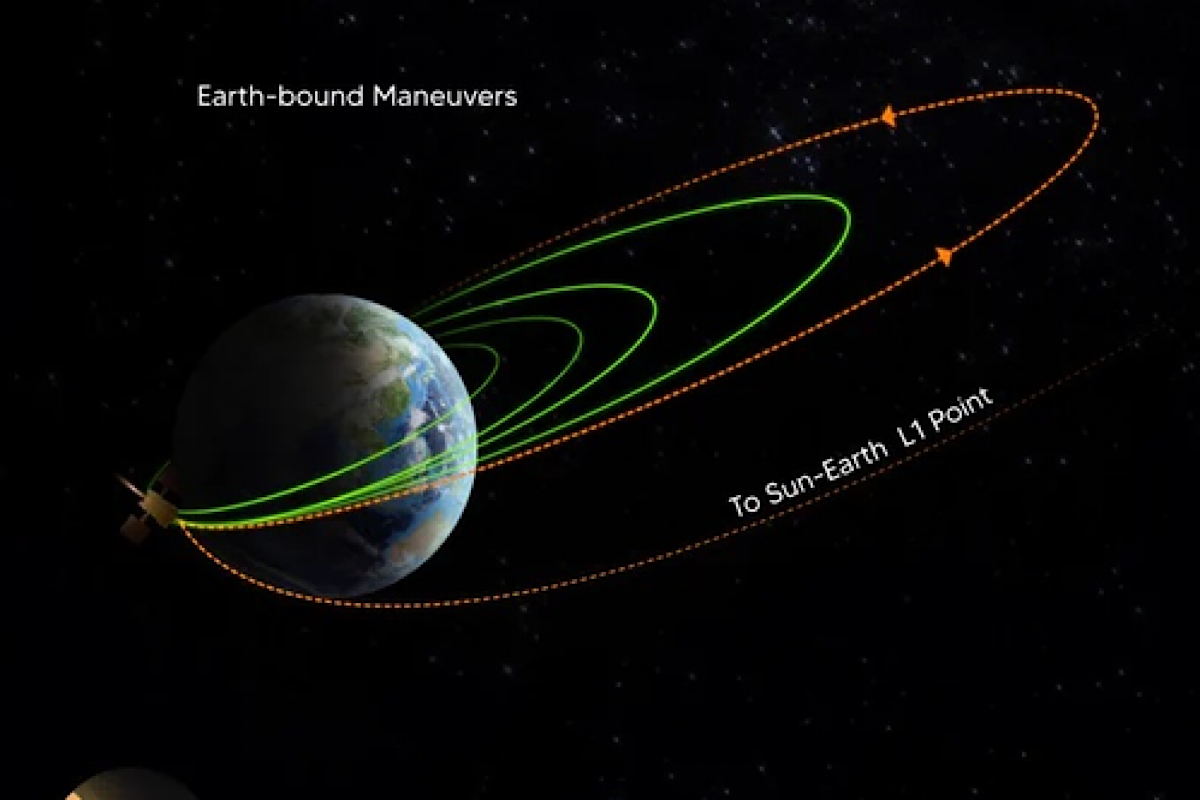Touching the Sun
The Sun, the fiery heart of our solar system, has fascinated humanity for centuries. Despite the progress of modern science, many of its secrets remain locked away, particularly the mysteries of its outer atmosphere, the corona.

The Sun, the fiery heart of our solar system, has fascinated humanity for centuries. Despite the progress of modern science, many of its secrets remain locked away, particularly the mysteries of its outer atmosphere, the corona.

The Sun, our life-sustaining star, is also a for midable force capable of unleashing immense energy bursts. CMEs, massive eruptions from the Sun’s outer corona, travel at blistering speeds of up to 3,000 km/s, carrying charged particles that can disrupt satellites, knock out power grids, and interfere with communication networks.

The research, published in the Astrophysical Journal, can help give a complete picture of the Sun's inner workings.

The minimum temperature was recorded at 6 degrees Celsius, three notches below the season's average.

The city woke up to dense fog and recorded a minimum of 7.1 degrees Celsius, a notch below season's normal.
Experts in north Bengal, along with the rest of the world, are keeping a close watch on this geomagnetic storm, as it may cause a major interference with GPS navigation, mobile phone signal and satellite TV and can also blow up electric transformers and cause power failures at many places around the world.
"In the past, we didn't know that stars could flare in the millimetre range, so this is the first time we have gone looking for millimetre flares," MacGregor said.
The newly discovered planet orbits 110 times more distant from its star than the Earth does from the sun (or 20 times the distance between the sun and Jupiter).
A solar eclipse occurs when the Moon passes between the Earth and the Sun, totally or partly obscuring the Sun for a viewer on Earth.
The transit of Mercury helps measure our distance to the Sun.
